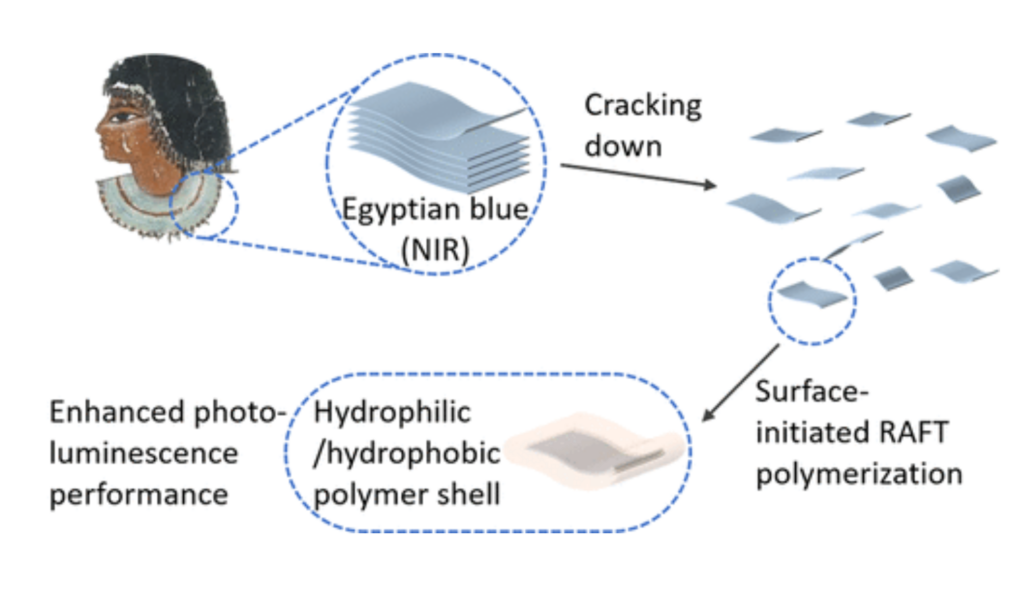Research
Sustainable Polymers and Materials for Energy Research
From our detailed physicochemical investigations of polymerization systems, we obtain guidelines for the design of novel materials for a wide range of applications. In many of the Materials we develop, the interaction between different materials (nanocomposites) or the transitions between different states (energy transfer, smart materials) plays an important role. For example, the combination of synthetic polymers with natural materials, such as cellulose, promises access to new, sustainable materials, and we are therefore researching ways to make such materials more usable for packaging with reduced gas permeability. Our expertise in processing nanomaterials is also paying off in this regard.
We are researching polymers with diverse switchable groups to make properties dependent on external stimuli. For example, forms of energy such as light, heat or chemical energy are transformed into mechanical forces and tensions. Such switchable polymers, also in combination with natural materials, may be useful as future energy materials. Other systems of polymers and nanoparticles are being designed and researched in our laboratory for use as sensors. For example, the unique material Egyptian Blue can be combined with synthetic polymers to make its optical characteristics usable in common materials. Surface plasmon effects of the nanoparticles, which are brought into a special arrangement by polymers, serve as a sensor effect and are used in trace analysis.


